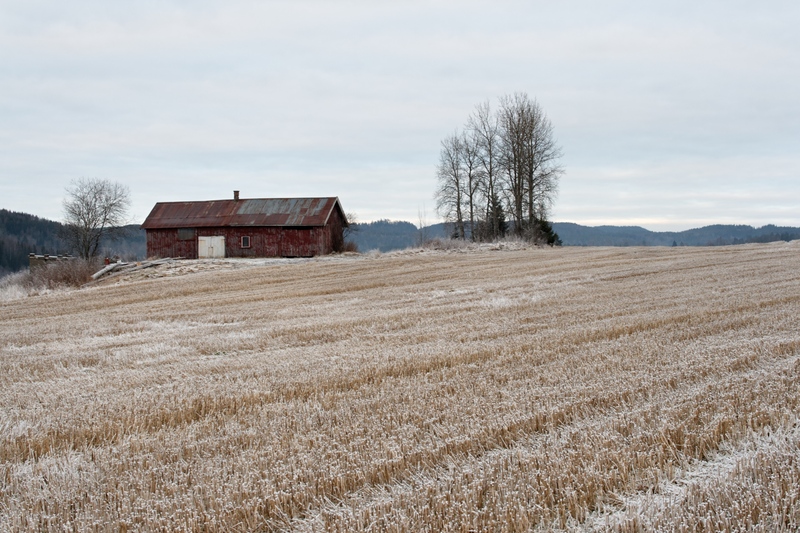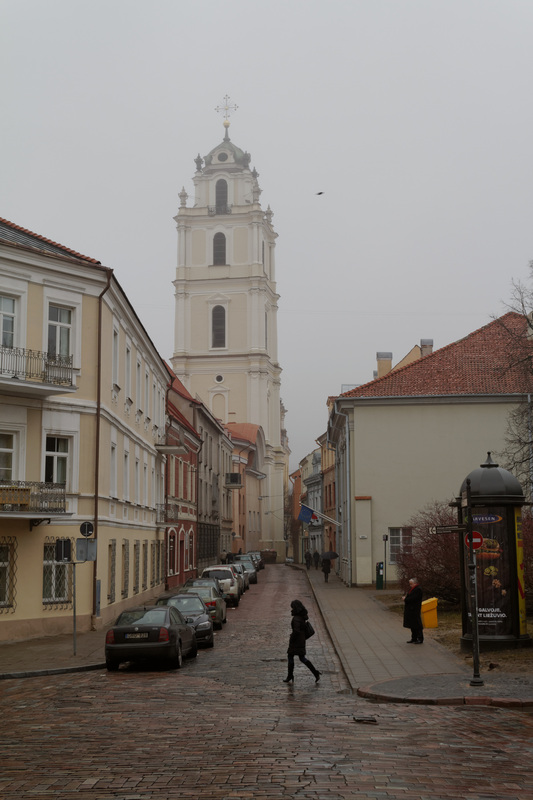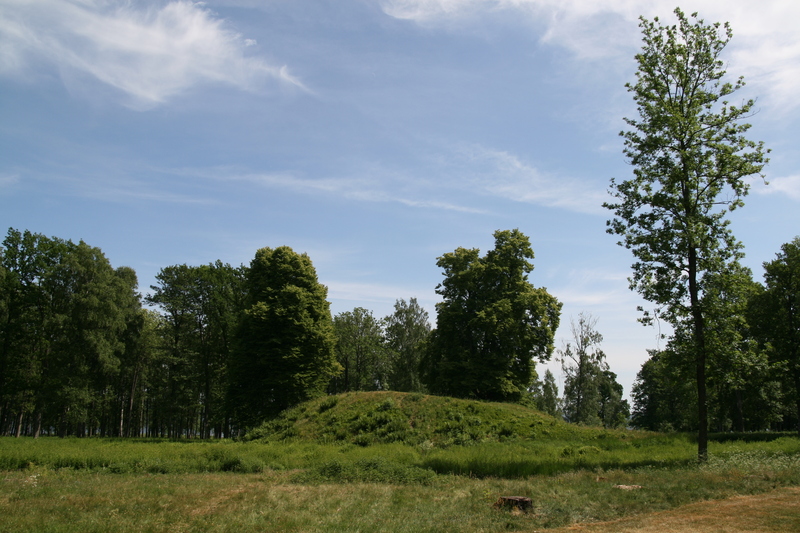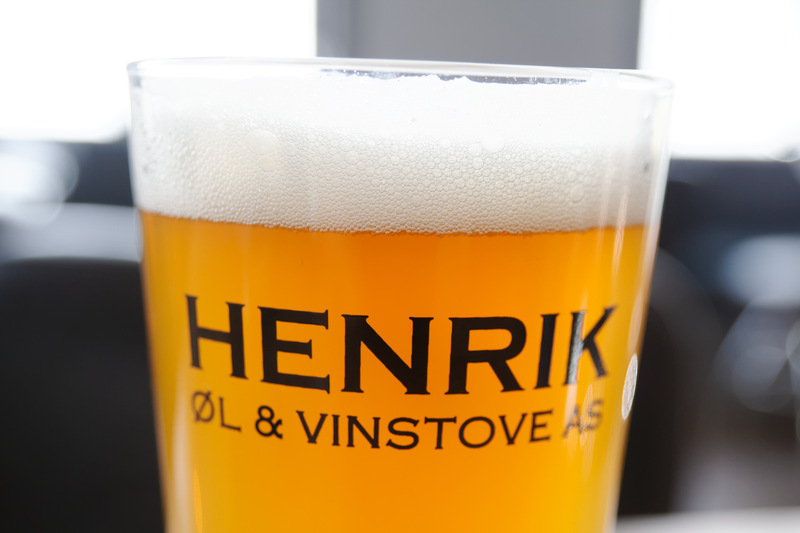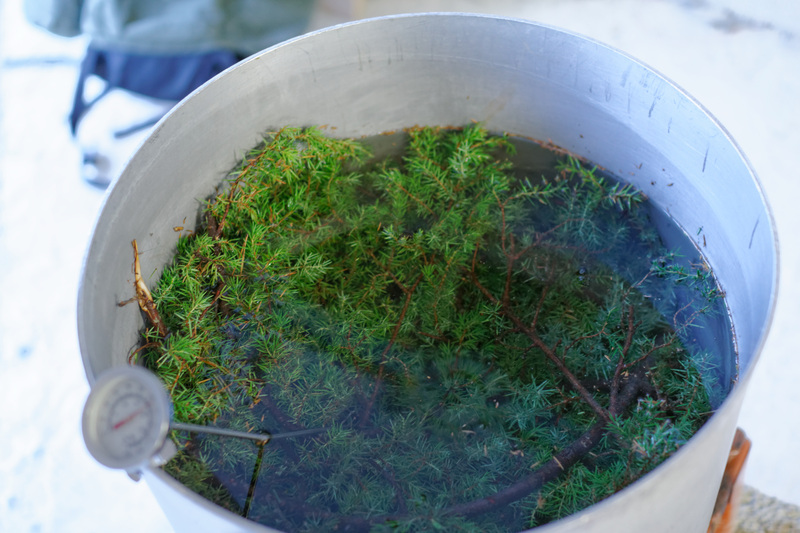Hunting in the library
Ever since that first trip to Lithuania I've been trying to understand what it is that makes these beers so different, and how they are brewed. As I've written many times, that's a very difficult challenge, and the first break was my first roundtrip of Lithuanian breweries. The second was being given a history of Lithuanian beer, which unfortunately was written in Lithuanian. ...
Read | 2015-03-17 11:03 | 6 comment(s)
Understanding farmhouse ale
Somehow, the idea that farmhouse ale is a style of beer that began in "France and Belgium in the late 19th and early 20th centuries" has gotten traction. Many people have begun thinking of farmhouse ale as either saison or biere de garde. Which is strange, because this is bit like saying cheese is Danablu, and it began on a Friday afternoon in Denmark in 1953. So I guess the time has come for some clearing up. ...
Read | 2015-03-10 19:08 | 10 comment(s)
Up and coming beer destinations?
The subject for this month's The Session was: "What are the up-and-coming beer locations that you see as the next major players in the beer scene?" Well. I couldn't really leave that one unanswered, although for regular readers I suppose the answer is not exactly going to come as a surprise. Obviously, Vilnius. I mean, really, how could it not be? ...
Read | 2015-03-06 18:04 | 1 comment(s)
Vilnius: a beer guide for the impatient
My guidebook to Lithuanian beer has all the detailed information, but for those who are going to Vilnius and don't want to read 100 pages of detailed text, there isn't anything available now. So I thought it might be useful to gather the most important information in one place. To keep this piece manageable I have had to leave out lots of interesting stuff even though some if it is big enough to deserve full blog posts of their own. There really is that much going on in Vilnius. ...
Read | 2015-03-04 15:26 | 1 comment(s)
What is it that ferments lambic?
As everyone knows, lambic is fermented by "wild yeast and bacteria". But what does that actually mean? What yeast? And what bacteria? This is not an easy question to answer, but last year a study attempting to answer this was published. The results are interesting in several different ways, so let's take a look. ...
Read | 2015-02-20 11:00 | 14 comment(s)
Nordic grog
The origins of beer brewing in Scandinavia are lost in the mists of pre-history, and today we have very little evidence of how it began. We do know a little, however, mainly from archaeological excavations, and what little we know is both interesting and surprising. ...
Read | 2015-02-09 20:44 | 3 comment(s)
Norwegian craft beer 2014
It's time for the annual statistics post where we look at the development of Norwegian craft brewing in numbers. Unfortunately, unlike in the US, the Norwegian brewer's association does not produce official statistics, so complete sales figures are not available, but there are a few useful figures we can look at instead. ...
Read | 2015-01-19 21:03 | 0 comment(s)
The Campaign Against Raw Ale
It's April 5, 1780, at "the usual time in the morning". In the upper lecture hall of Åbo Academy, Carl Niclas Hellenius is preparing to give a talk. He is a researcher in natural history working at the Academy, and about to present the results of his investigation into "the brewing methods of the Finnish commoners". We know this, because his treatise has been preserved, and is today the oldest known description of the brewing of sathi. ...
Read | 2015-01-13 18:34 | 2 comment(s)
Process or ingredients?
Recently there have been a whole range of initiatives in Norway to develop beers that are more truly Norwegian. One is the Scandinavian project for New Nordic Beer, but there are also a few research projects run by Bioforsk, Østforsk, etc. Common for all of these is a focus on finding local ingredients, in part by exploring the local farmhouse brewing traditions. I think this is not the most interesting approach. ...
Read | 2015-01-04 14:44 | 0 comment(s)
The solera paradox
After I wrote about the ever-lasting Christmas beer, I read on the Wikipedia page for solera that soleras are used for vinegars, too, and some Italian producers then report the age of the entire solera as the age of their vinegar. The logic being that (a) "Italian labeling laws permit blended vinegar to be labeled with the age of the oldest vinegar in the blend" and (b) consumers are impressed. I woke up the next morning wondering ... what age should they have put? That is, if I were writing the law, what would I require them to state on the labelling? ...
Read | 2014-12-24 14:41 | 5 comment(s)

